Roland Pruegel
Connected Mobility
Innovation, agility, safety, efficiency – these are just a few of the many aspects that can make or break a motion & energy use case. One of the great challenges in this field today is transitioning to and optimizing new powertrains. Car manufacturers are also increasingly adopting new chassis functions such as rear axle steering, torque vectoring, damper control, and x-by-wire in their models.
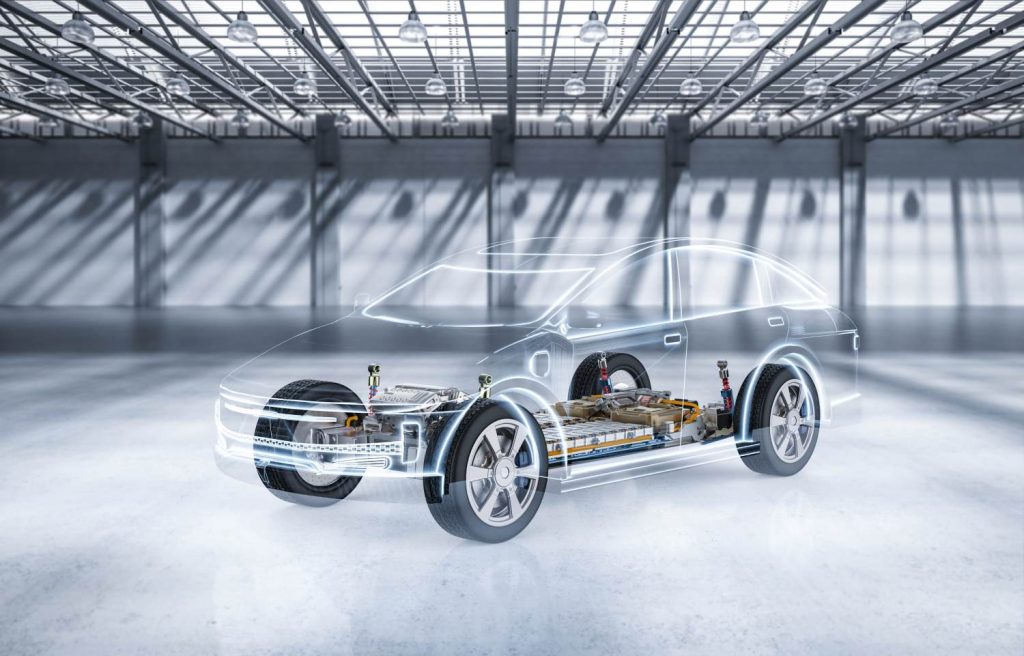
These days, automakers are driven to develop an efficient and sustainable powertrain. E-mobility opens the door to fresh business opportunities, but also attracts new competitors. Internal combustion engines have advantages that cannot simply be ported to another breed of drive. The pressure is on to come up with the most innovative and safest vehicle concept. It takes short development cycles, innovation, and quality to attain and maintain a dominant position on the market. But the competition never rests. Rivals are busy developing diverse powertrains and bringing new chassis functions to market. ITK Engineering supports its customers in motion & energy use cases – specifically, with powertrain and chassis development, control engineering, and longitudinal/lateral dynamics.
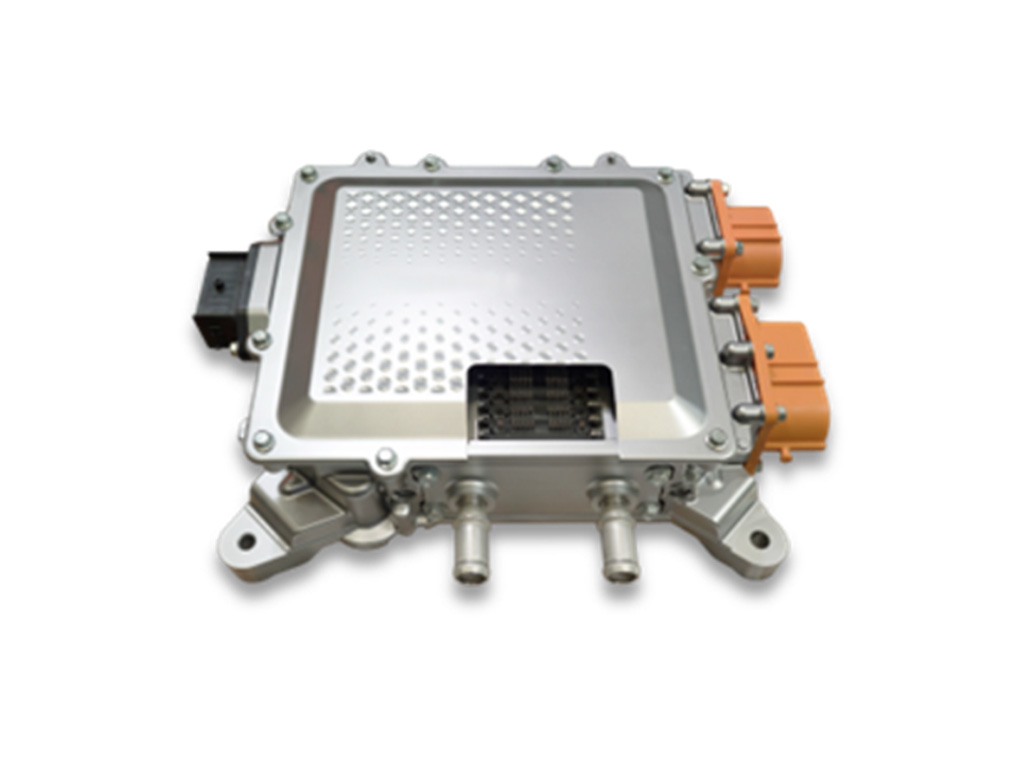
More in-vehicle software means far higher development costs and a lot more coordination with suppliers. This is why speed and efficiency are so important in development. ITK Engineering offers a software kit for inverter software. It serves to meet the customer’s unique requirements – with more flexibility, higher quality, and greater transparency.
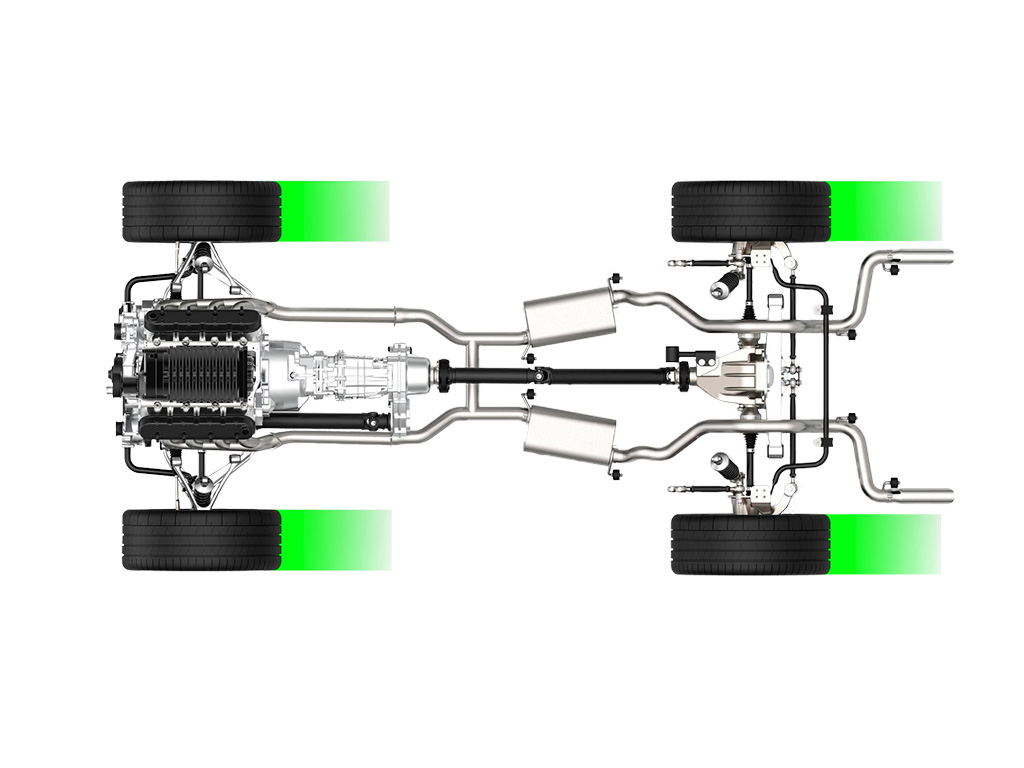
One of the key challenges here is to seamlessly integrate the solution into the vehicle’s current control system. This is a very complex task. Multitudes of parameters and sensor data have to be analyzed to calculate the optimum torque for each wheel. Engineers must rise to the occasion by developing real-time enabled systems that are functionally safe.
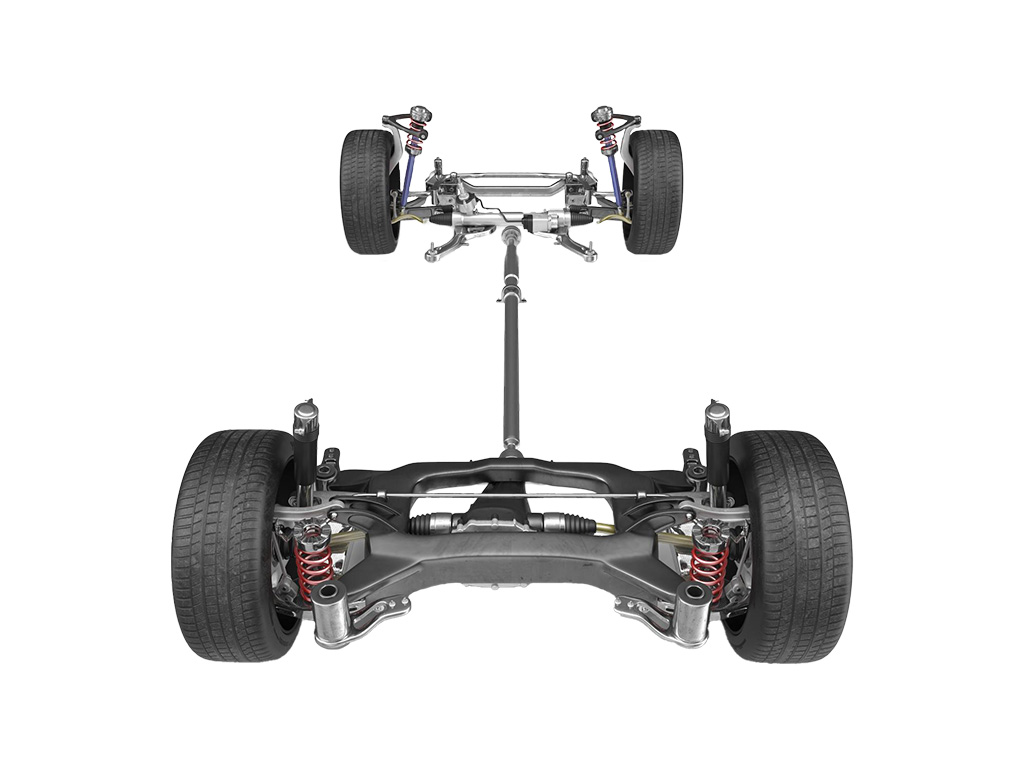
The motion sequence has to be analyzed and fine-tuned for optimum performance. It takes sophisticated algorithms and logic to calculate and implement the appropriate steering angle and speed. The steering system has to respond in real-time, which complicates matters. And functional safety is no less a daunting challenge.
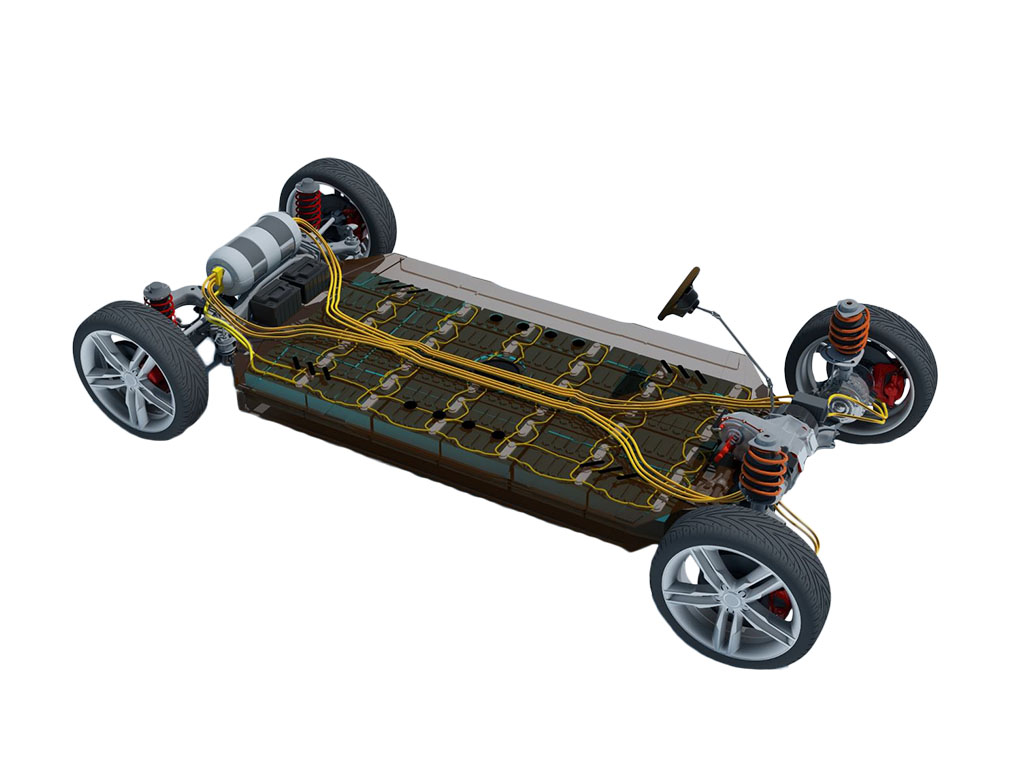
Engineers tasked to develop a steer-by-wire system know from the get-go what the number-one requirement will be – reliability. This is why the software has to be fault-tolerant. The ability to detect and respond to potential errors or failures is imperative. This requires comprehensive troubleshooting, testing, and validation. Engineers also have to analyze and assess risks and adhere to safety standards and guidelines. Developing these functions and systems is very much an exercise in managing complexity, real-time requirements, and integration.
Putting our knowledge of methods into practice with the customer’s needs and regulatory requirements in mind, we develop motion & energy functions for tomorrow’s software-defined vehicle. With the benefit of our agile software development toolchain and CI/CD-based automated tests, we were able to ramp up a high-quality solution for rapid release. And we remain at our customer’s disposal to provide post-development support on the production line and, if necessary, to make adjustments on the fly. Determined to achieve our customers’ goals as quickly as possible, we make the most of our tools, one key asset being Model Predictive Control, or MPC for short.
We take new features to the production line. More than 30 years’ experience developing automotive systems and software has its benefits. This experience and the insights gained in countless projects in other sectors such as manufacturing, medical systems, railway engineering, and off-highway and commercial vehicles help us to develop efficient solutions tailored to suit the use case.
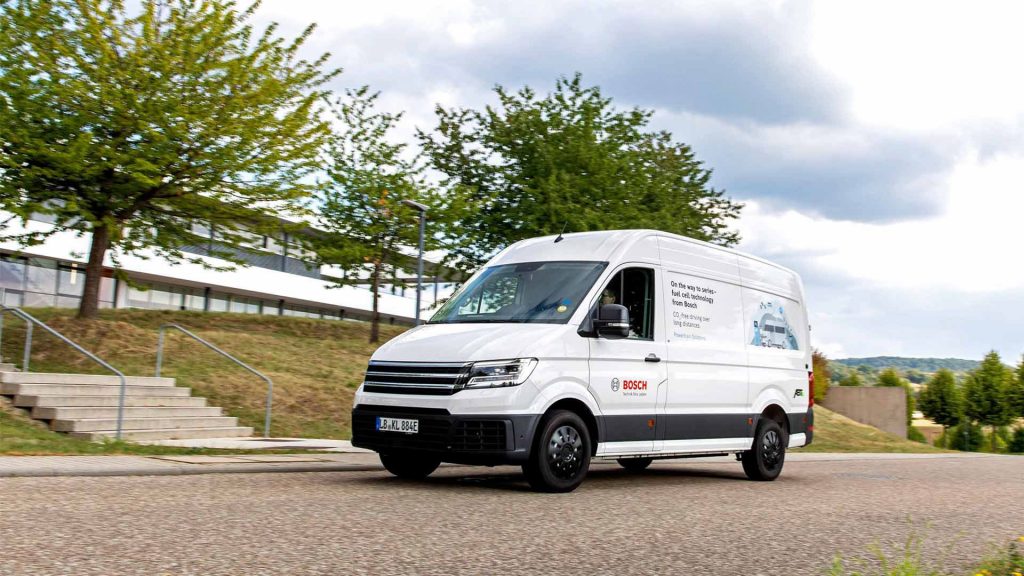
Hydrogen technology plays an essential role in the mobility sector to realize the energy transition. We are able to define the necessary safety measures for the respective vehicle and corresponding use case as well as assist during the implementation and development phases of your projects, such as the Bosch prototype of a hydrogen fuel cell drive for vans.
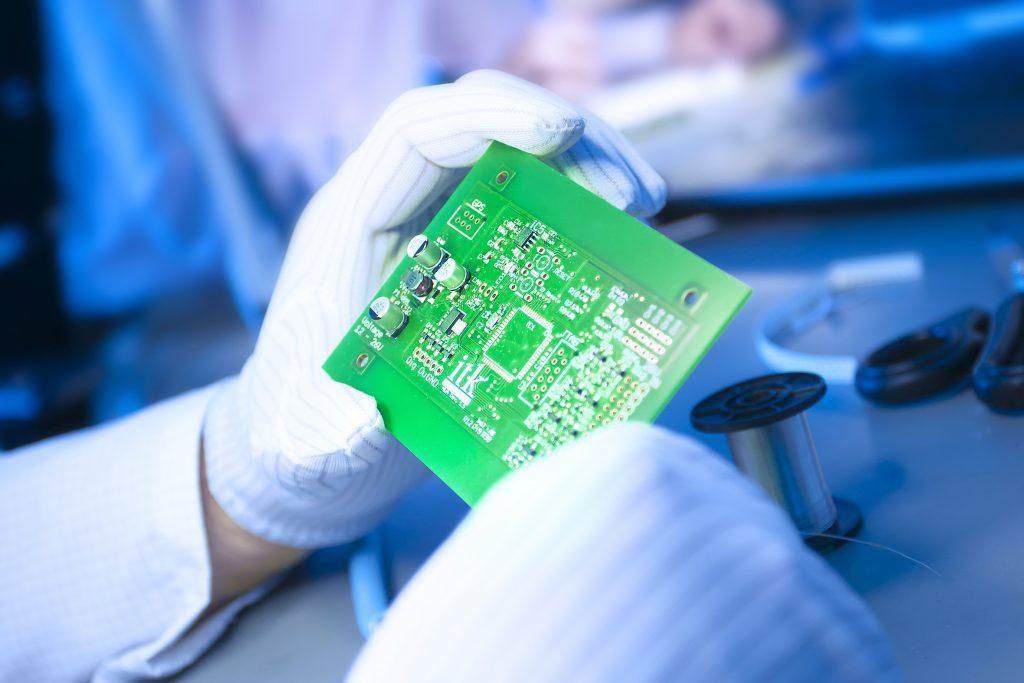
In the context of electrification in the automotive industry, control units for the powertrain and vehicle dynamics are increasingly required. ITK is your innovative partner for the customised development of systems and control units – whether software, hardware or mechanics – tailored to your application. Our range includes actuator, engine and aerodynamic control units, including the control of valves and pumps as well as the processing of a wide variety of sensor data. We support you from concept development to series development and contribute our comprehensive expertise.